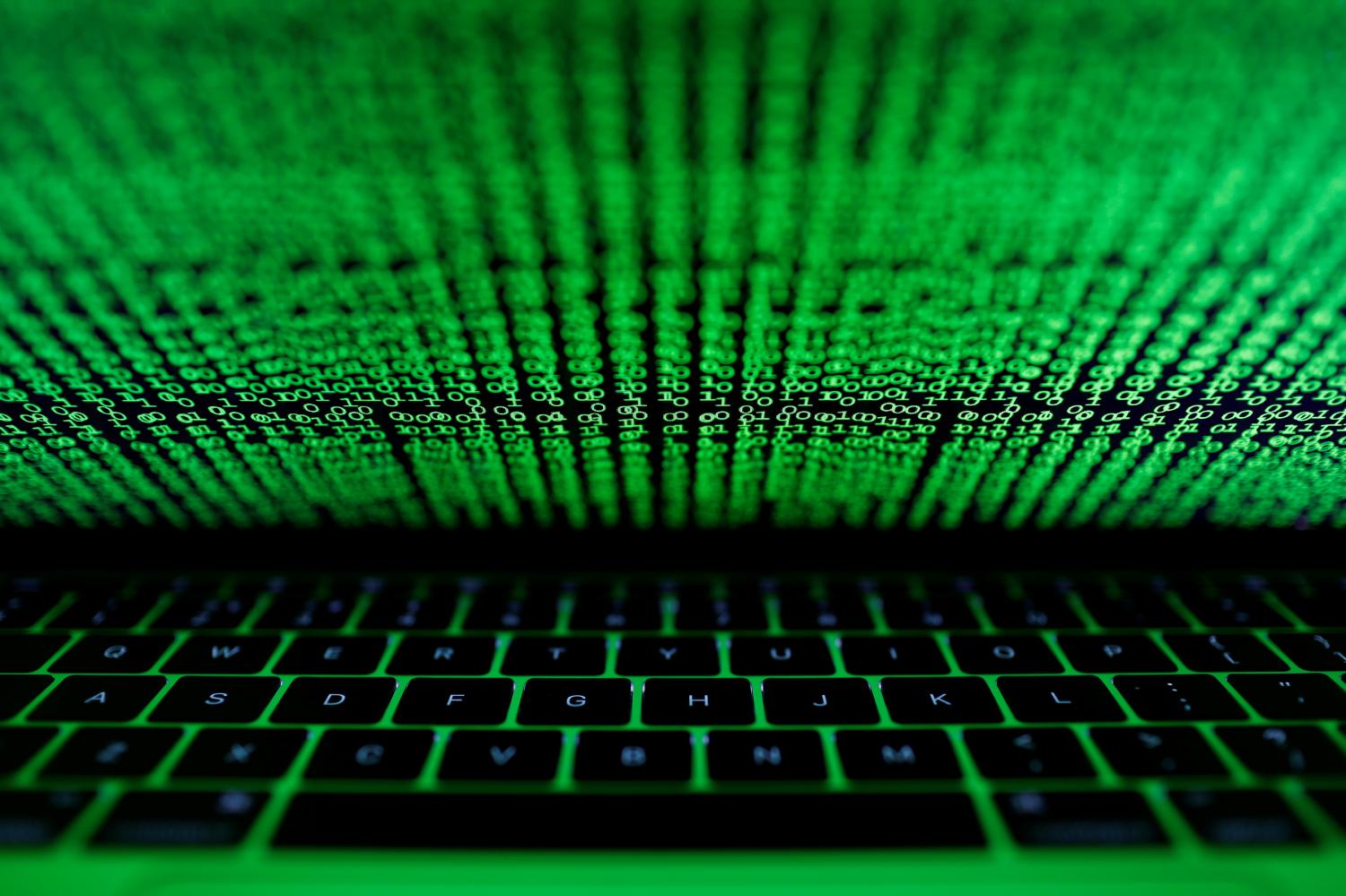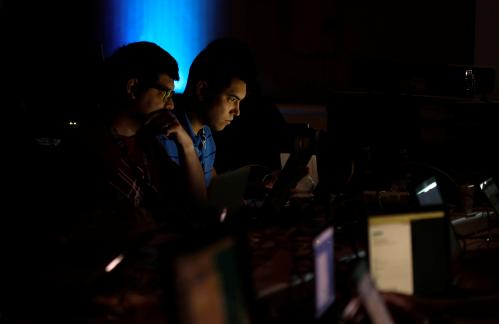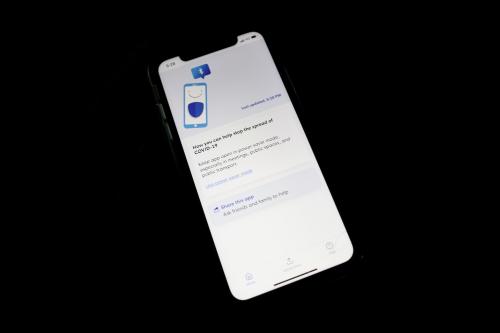EXECUTIVE SUMMARY
States have long interfered in the domestic politics of other states. Foreign election interference is nothing new, nor are misinformation campaigns. The new feature of the 2016 election was the role of technology in personalizing and then amplifying the information to maximize the impact. As a 2019 Senate Select Committee on Intelligence report concluded, malicious actors will continue to weaponize information and develop increasingly sophisticated tools for personalizing, targeting, and scaling up the content.
This report focuses on those tools. It outlines the logic of digital personalization, which uses big data to analyze individual interests to determine the types of messages most likely to resonate with particular demographics. The report speaks to the role of artificial intelligence, machine learning, and neural networks in creating tools that distinguish quickly between objects, for example a stop sign versus a kite, or in a battlefield context, a combatant versus a civilian. Those same technologies can also operate in the service of misinformation through text prediction tools that receive user inputs and produce new text that is as credible as the original text itself. The report addresses potential policy solutions that can counter digital personalization, closing with a discussion of regulatory or normative tools that are less likely to be effective in countering the adverse effects of digital technology.
The Brookings Institution is committed to quality, independence, and impact.
We are supported by a diverse array of funders. In line with our values and policies, each Brookings publication represents the sole views of its author(s).







